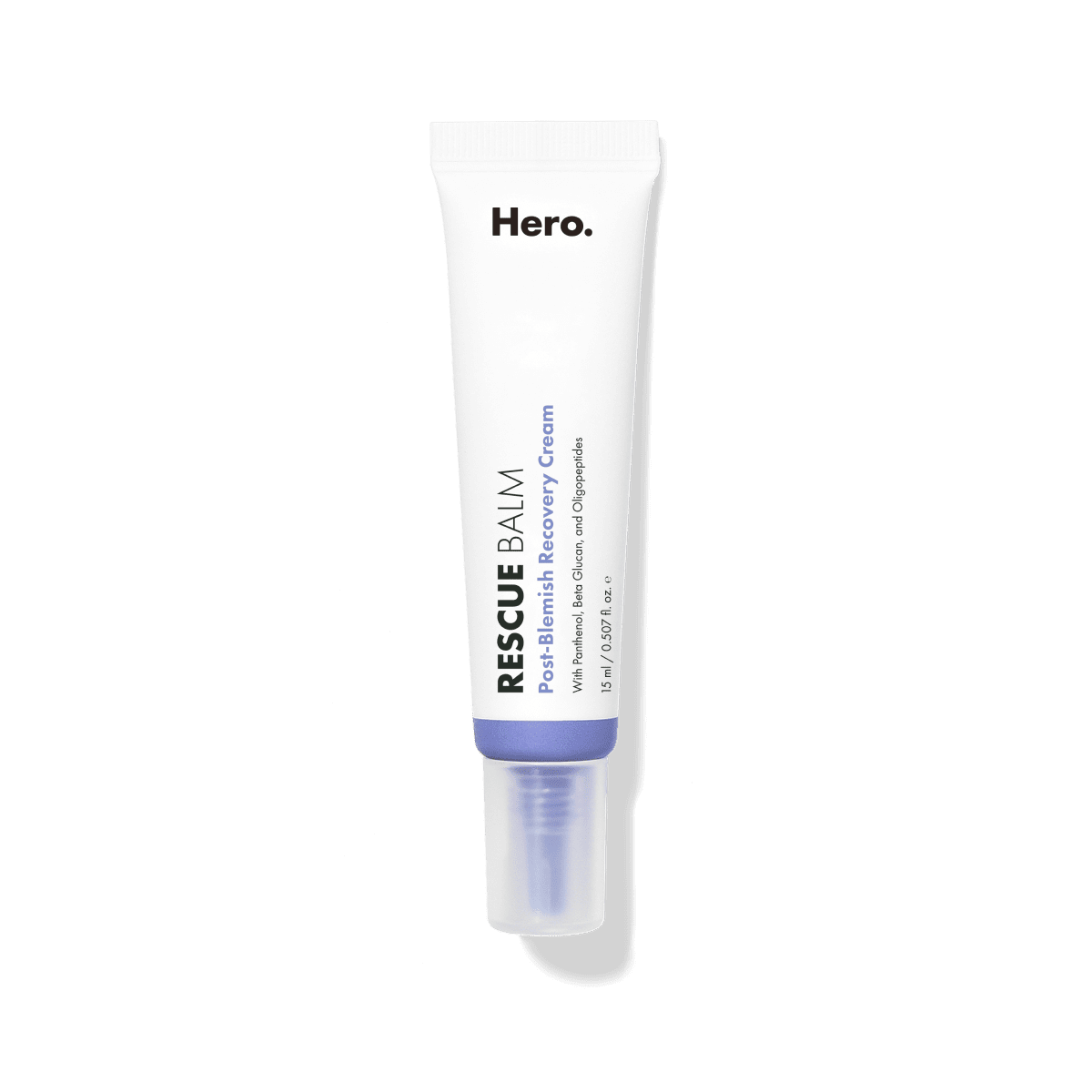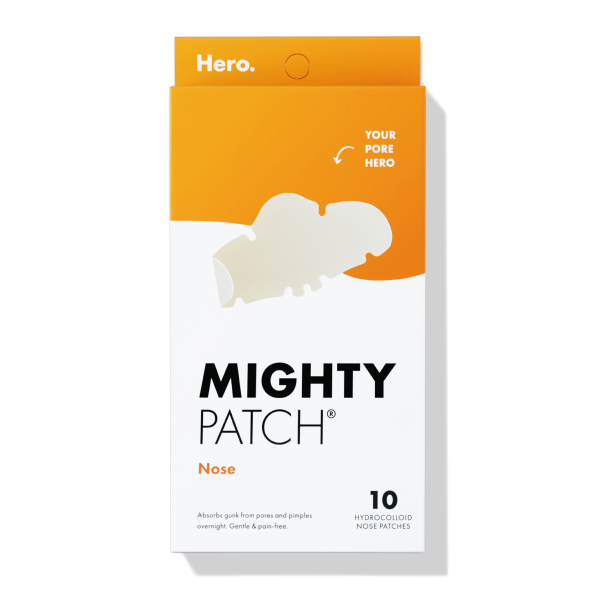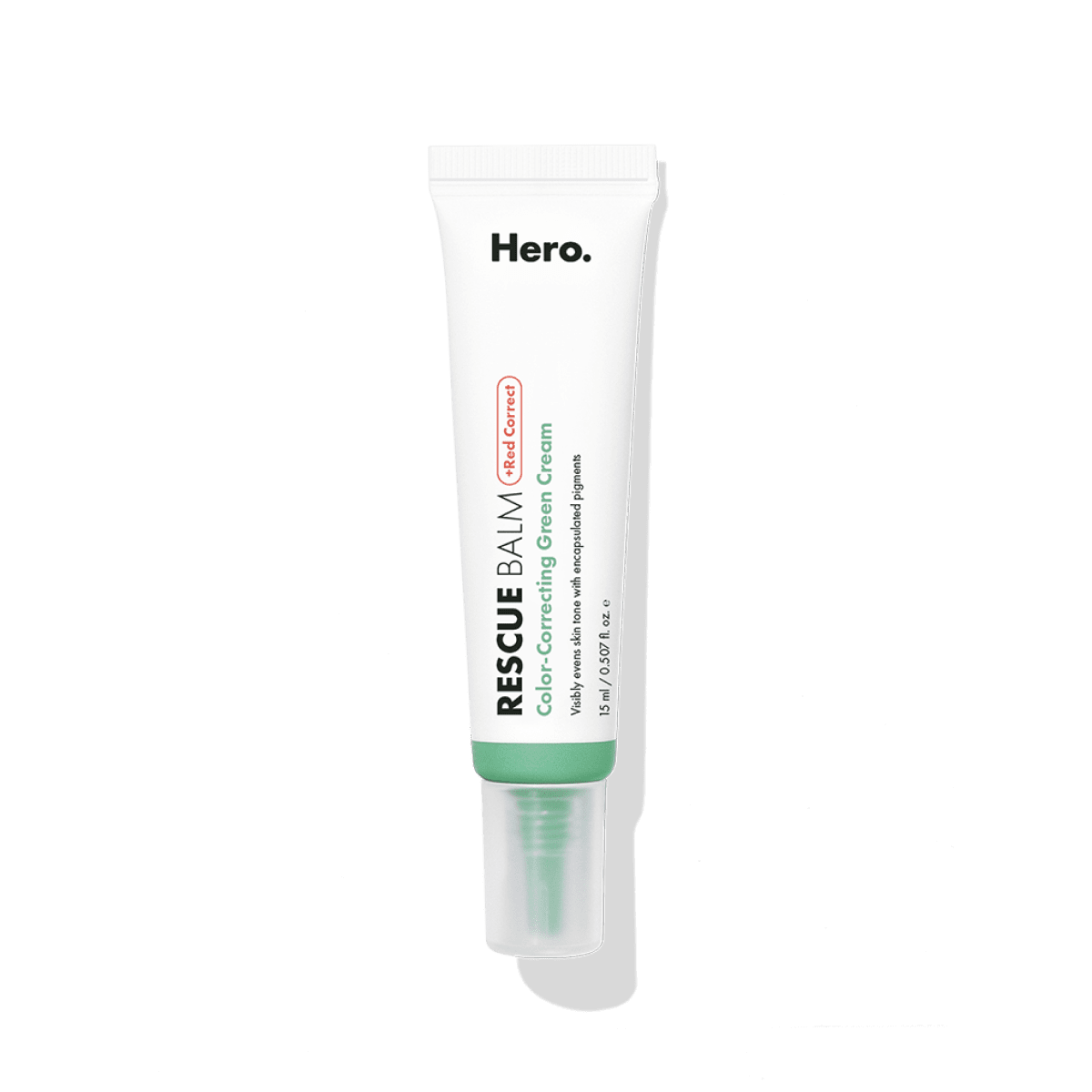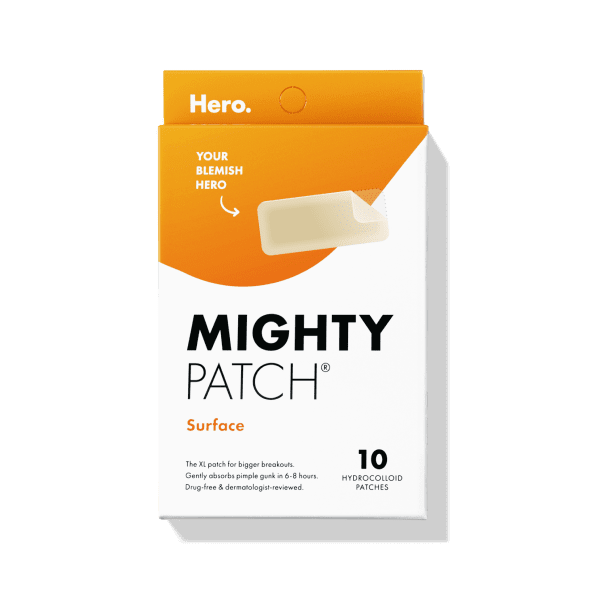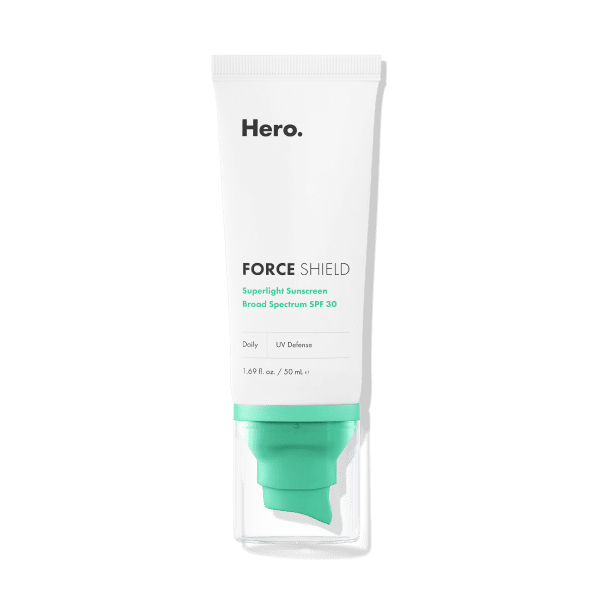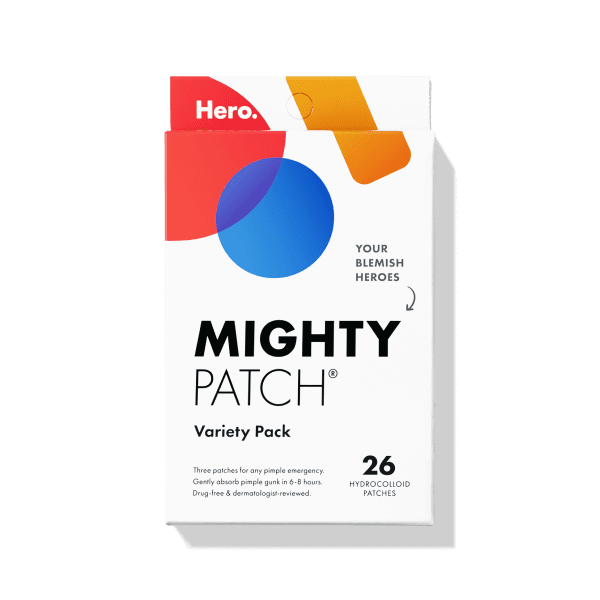
Just about everyone will experience hyperpigmentation (AKA dark spots) at some point in their lives. Our skin reacts to inflammation from so many triggers – acne, sun exposure, eczema, rashes or wounds – by producing excess melanin. Next thing you know, there’s a hard-to-get-rid-of dark spot left behind.
While hyperpigmentation is irksome for anyone, it affects different skin tones differently, and should be treated as such. What works for lighter skin tones may actually worsen the situation for darker skin tones. To shed some light on the matter (pun intended), we spoke to dermatologists about how hyperpigmentation varies across skin tones and the best methods to treat it.
How does hyperpigmentation differ across skin tones?
“Darker skin types are more prone to hyperpigmentation, especially the post-inflammatory hyperpigmentation [PIH] often observed with acne and acne scarring,” says Dr. Adam Mamelak, an Austin-based, board-certified dermatologist. Since melanin production is already higher for dark skin, an increase is more easily triggered by inflammation or hormones.
RELATED READ: 'Real' Acne Scarring: How to Get Rid of Your Acne Scars
The risk to overproduce melanin is reduced for lighter skin tones. “Lighter skin tones get something called post-inflammatory erythema or redness that doesn't go away,” explains Dr. Anna Karp, a board-certified dermatologist at The Skin Institute of New York. “This is due to blood vessels dilating and not the same as pigmentation, which is from melanin.”
Mamelak sums up the key differences: “Simply put, when a lighter-complected person gets an acne bump, it often resolves leaving a red spot. In darker skin types, the acne resolves leaving a dark spot. This post-inflammatory hyperpigmentation can take longer (weeks, sometimes months) to resolve than the acne itself.”
How about sunspots?
The tables are turned when it comes to hyperpigmentation caused by the sun. Lighter skin tones are more likely to experience dark spots from sun damage. “Sunspots are aggregates of melanin due to sun damage, and they increase as we get older,” says Karp. “They will be more visible in lighter skin tones that do not have as much natural protection from the sun."

How to get rid of dark spots on every skin tone
Regardless of your skin tone, dark spots are not going to disappear overnight. And there isn’t really a miracle product that will completely alleviate hyperpigmentation. However, with patience and the right combination of ingredients, you can successfully help your spots to fade and even out your complexion.
In-office treatments
Laser skin resurfacing can work well to minimize hyperpigmentation on light skin because the laser targets the dark spots on your face. During the procedure, short, concentrated pulsating beams of light are directed at the skin to remove old layers and stimulate the growth of new, healthy skin cells. However, it’s not typically recommended for dark skin because the laser cannot accurately target the dark spots and may actually worsen the situation.
Chemical peels are a safer option for all skin types and can result in smoother, brighter skin with fewer visible spots. Just remember that there are three very different types of peels and the darker your skin is, the “lighter” sort of version you’ll want to choose. “It is important to avoid skin irritation,” says Dr. Susan Bard, an NYC-based, board-certified dermatologist. “Anything that leads to inflammation will contribute to even more post-inflammatory pigmentation, and this is especially true for those with dark skin tones.”
At-home routine
Since weekly peels at the derm’s office aren’t part of a practical schedule or budget for everyone (especially right now), most of us want to know what products and ingredients can help treat hyperpigmentation at home. Here are some safe-for-all-skin-tones ingredients to look for in your dark spot treatments:
-
Tranexamic Acid: Somewhat of a newcomer to the skincare scene, tranexamic acid prompts an anti-inflammatory action that ultimately reduces the production of melanin to target discoloration and even skin tone. Its gentle nature makes it safe for all skin types and tones and easy to combine with other skincare ingredients for maximum results.
- Niacinamide: Also known as vitamin B3, niacinamide can help prevent pigment transfer within the skin and boost collagen production, both of which lighten hyperpigmentation. You’ll typically find 5% niacinamide in serums, toners, creams or treatments, but start with a lower concentration if you have sensitive skin.
- Vitamin C: The ultimate antioxidant brightener, vitamin C was the ingredient mentioned most by the dermatologists we consulted. Its powerful lightening properties help to protect skin against free radicals and damage from UV rays. Look for vitamin C in a cleanser to kickstart your brightening routine or a serum for more targeted use.

The best treatment starts with prevention
You’ve heard us say it before, and we’re going to say it again. Address the root cause of your hyperpigmentation and you’ll have fewer dark spots to deal with in the future. “The first step in treating hyperpigmentation after acne, and actually any acne scarring, is prevention,” says Mamelak. “By stopping the breakouts, you can stop the hyperpigmentation from occurring.” He recommends ingredients that are effective at treating acne while lightening the skin at the same time, such as topical retinol, glycolic acid, salicylic acid and azelaic acid.
The final step of any skincare routine (especially one that is targeting hyperpigmentation) is sunscreen. Sun exposure is one of the biggest causes of dark spots, so there’s no point in putting in all that work to fade your hyperpigmentation if you are constantly exposing your skin to UV rays. So slather on that SPF and break out your favorite wide-brimmed hat for optimal protection and fewer dark spots in the future!
If you’re tired of waiting around for your dark spots to fade, try an effective new way to fight hyperpigmentation on any skin tone: Micropoint for Dark Spots. Erase your post-blemish spots with 173 dissolving Micropoints that deliver the unstoppable combo of skin-safe brightening ingredients.
[[product-ad]]

